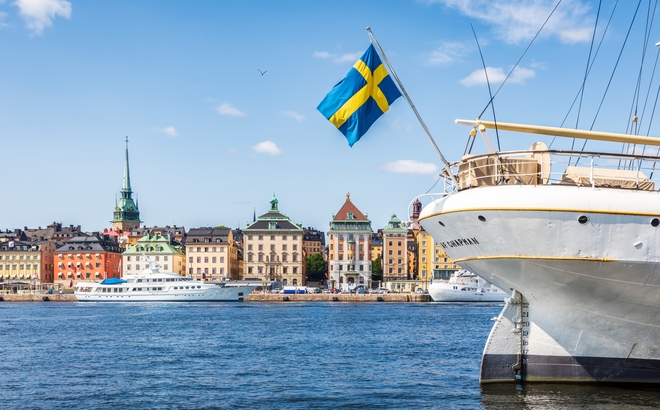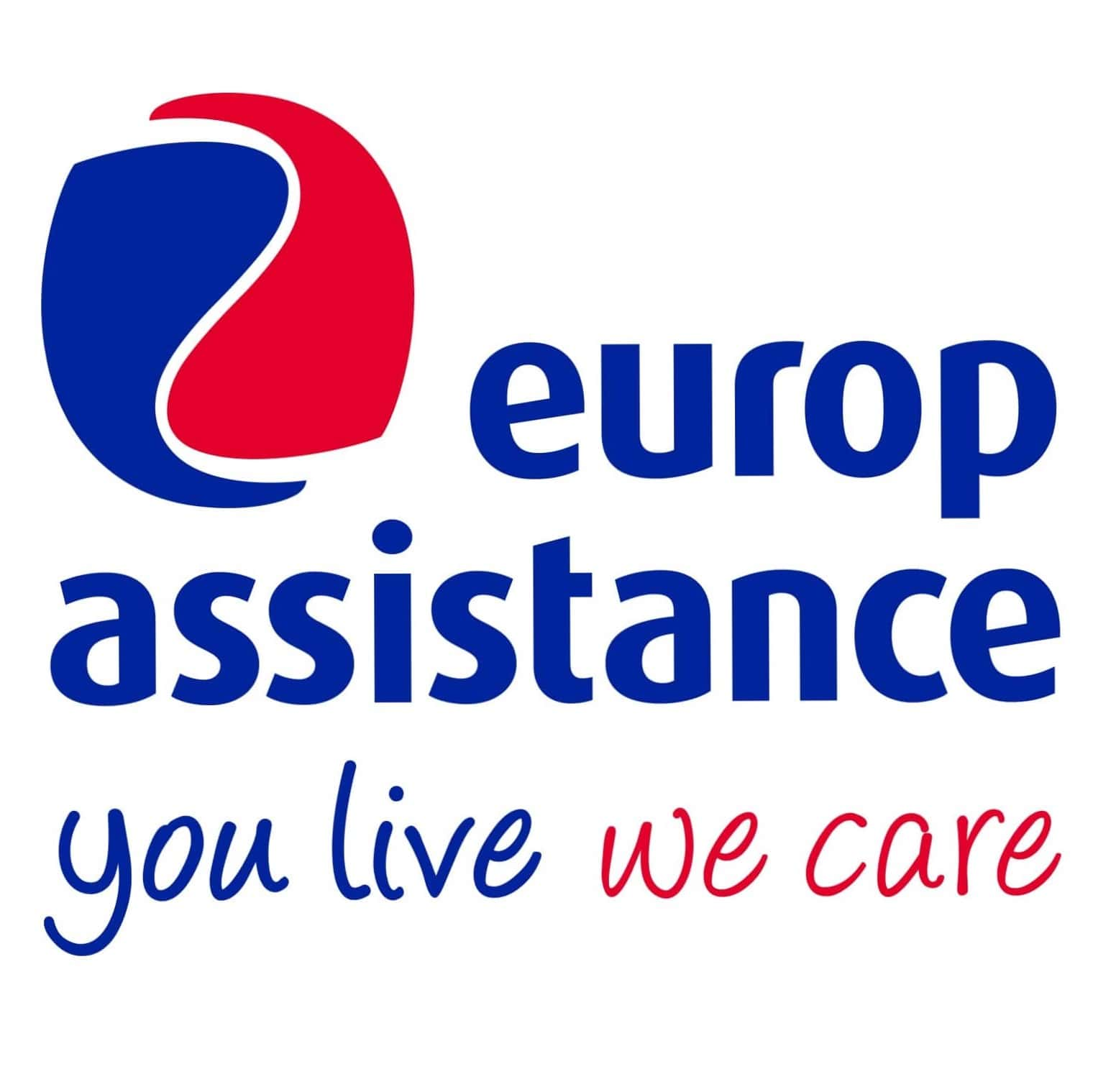What to do in Stockholm? Our Tips for a Successful Weekend

Located on an archipelago of 14 islands connected by 57 bridges, Stockholm is a unique European capital. For a weekend, explore its vibrant neighborhoods, avant-garde museums, and abundant nature to experience the essence of Swedish culture. So why wait? Follow our guide to discover everything you can do in this multifaceted city.
Is it worth going to Stockholm?
Absolutely! Famous for its stunning archipelago, lush parks, and breathtaking water views, Stockholm leaves no one indifferent. Every corner invites exploration. You’ll find a thriving food scene, impressive architecture, and a warm welcome. Plus, the well-developed transport network makes getting around the city easy, especially for a weekend trip to Stockholm.
What to do in Stockholm?
Get lost in Gamla Stan, the Old Town
A must-see, Gamla Stan is the historic heart of Stockholm. Wander through its narrow alleys, picturesque squares, and admire the colorful medieval buildings. Don’t miss the Royal Palace (Kungliga Slottet), where you can watch the changing of the guard, and the Nobel Prize Museum to learn about Alfred Nobel, the Nobel Prize, and its laureates from 1901 to today.
Visit the Vasa Museum
The Vasa is the legendary ship that sank shortly after its maiden voyage in 1628, only to be salvaged 333 years later in the 1960s. Adorned with hundreds of intricately carved sculptures and made up of 98% of its original parts, it is today the best-preserved 17th-century ship in the world. A visit to this maritime treasure is a unique experience not to be missed.
Relax at Djurgården
In the heart of the capital, Djurgården Island is a 279-hectare green oasis where you can recharge with a picnic or a bike ride. In addition to its enchanting setting, Djurgården is home to major points of interest, including Skansen, an open-air museum showcasing Swedish lifestyles and customs through five centuries of history, the ABBA Museum, the Vasa Museum, and the Gröna Lund amusement park.
Explore Södermalm
Once a working-class district, this trendy neighborhood in Stockholm is a creative hub. Independent shops, cozy cafés, art galleries, and local markets… "Söder," as locals call it, is a must-visit for trend enthusiasts, also known for its restaurants where you can savor local cuisine while enjoying stunning views of the city. While you’re there, don’t miss the Fotografiska Museum and the spectacular panoramic view from Monteliusvägen.
Admire the view from the City Hall Tower
At 160 meters tall, the Stockholm City Hall Tower offers an exceptional panoramic view of the city. Located on the island of Kungsholmen, the City Hall itself is an unmissable landmark due to its unique architecture. Inside, you’ll be awed by the Blue Hall and the Golden Hall, designed by architect Ragnar Östberg.
What is the best time to visit Stockholm? Mark your calendars
Stockholm can be visited year-round, but the best time depends on your preferences.
In summer (June to August), the city is lively, and temperatures are pleasant (between 15°C and 25°C). This is the ideal season to enjoy the outdoors and the archipelago.
In winter (December to February), the magical atmosphere of Christmas markets fills Stockholm, and the Northern Lights paint the sky. However, beware of the freezing temperatures (as low as -10°C).
In spring and autumn, temperatures are moderate but unpredictable. The advantage, however, is that there are fewer tourists!
Is Stockholm an expensive city? Let’s talk budget
Stockholm is one of the most expensive cities in Europe. To give you an idea: a meal at a restaurant costs between 15 and 25 euros, a bus ticket is 4.35 euros, and a night in a standard double room in a city-center hotel costs around 130 euros. As for activities, the prices are similar to what you’d find elsewhere in Europe: a boat ride on the Baltic Sea (30 euros), a visit to the ABBA Museum (20 euros), a walk through the Djurgården Royal Park (free)… There’s something for every taste and budget.
On average, plan for a daily budget of 150 euros per person, including meals, transport, and leisure activities. To reduce costs, book your accommodations and activities in advance, and take advantage of special offers or free museum days.
Which area to stay in Stockholm? Let’s talk accommodation
Gamla Stan: The historic center of Stockholm. Ideal for those who want to be at the heart of the action, Gamla Stan is the medieval heart of the city with its palaces, churches, cobblestone streets, and colorful houses lining lively squares. Prices may be a bit higher here, but the central location is a big advantage.
Södermalm: The alternative district of Stockholm. Dynamic, creative, and laid-back, Södermalm is the hotspot for thrift stores, art galleries, and street art. With its trendy cafés and original shops, this neighborhood offers an authentic and pleasant local experience just a stone's throw from the city center.
Norrmalm: Stockholm’s modern city center. Easily accessible from the airport and well-served by public transport, it’s the most practical option. Rich in shops and restaurants, Norrmalm also offers a wide range of hotels, from the simplest to the most luxurious.
Vasastan: A residential area in Stockholm. Quieter and more residential, Vasastan is a great compromise for those who want a local experience at a lower cost. Just a few metro stations from the center, it offers a more relaxed vibe and more affordable accommodation options.
Our Tips for a Successful Trip to Stockholm
Preparing for your trip to Stockholm
Stockholm is a popular destination, especially during the holidays and summer months. For a stress-free trip, plan ahead. Hotels and restaurants, particularly in popular neighborhoods like Gamla Stan or Södermalm, fill up quickly. Be sure to book your tickets for museums, boat cruises in the archipelago, or special events in advance to get the best prices.
Gathering the necessary documents to visit Stockholm (Sweden)
Are you a citizen of the European Union or the Schengen Area ? You can travel freely within the Schengen Area with a valid national ID card or passport for the duration of your stay.
Are you coming from a non-EU and non-Schengen country? Depending on your country of origin you may need a visa to enter the Schengen Area. If that’s the case, visit the consulate of your destination country to start your application. If no visa is required, you can travel freely with a valid passport issued within the last 10 years and covering at least three months beyond your departure date. Starting November 2025, you will also need to apply for an ETIAS travel authorization.
Get Travel Insurance Recognized by Schengen Countries
Whether you need a visa or not, Schengen travel insurance is essential. Choose peace of mind with Europ Assistance’s Schengen visa insurance when applying for your visa or when passing through borders. Recognized and accepted by Schengen embassies and consulates worldwide, it provides coverage for medical expenses up to 60,000 euros in case of illness or accident within a Schengen Area member state, Cyprus, or Ireland, as well as other benefits that you can discover here.
Tweet